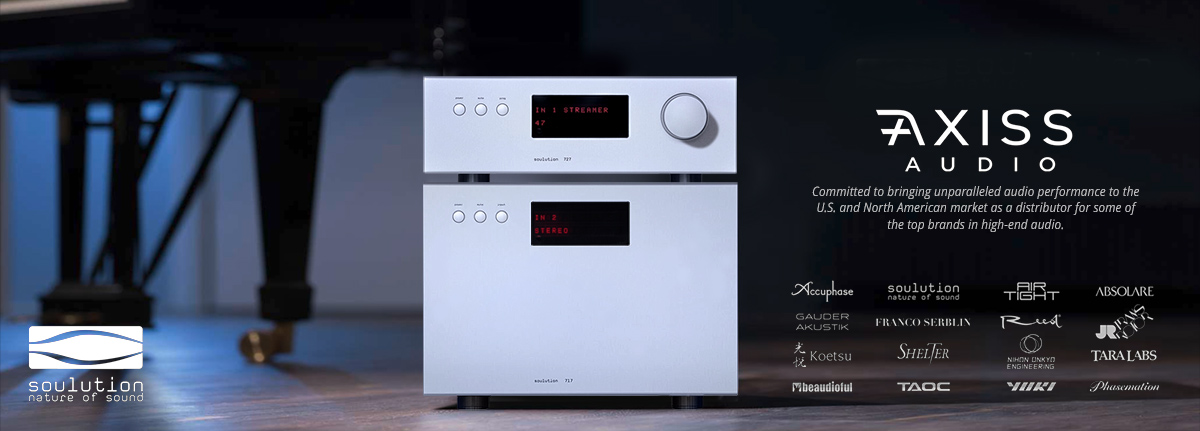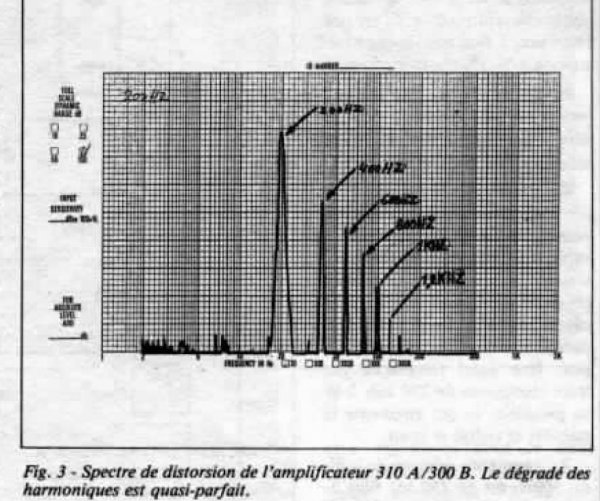This was also my understanding and one of the linchpins of what I take to be the only sensible approach to electronics design. Based on Lamm amp measurements his model must adhere closely to qualitative ideas espoused by Jean Hiraga and quantitative model by Cheever. The ML2 did very well comparatively with a much simpler model put forward in the 1950s by Shorter. I ran some calculations based on published data and the Lamm and the Wyetech 572B amp faired the best in weighted distortion.
As far as I see the Lamm measurements do not adhere closely to the quantitative model suggested by Jean Hiraga and Cheever is almost an an unconfirmed unknown in the audio world, I will not spend my time on it.
Vladimir Lamm gave some interviews about his models for designing audio equipment - they are much more sophisticated and personnel than your are suggesting, derived from his own psychoacoustic models.
See for example a comment of Jean Hiraga on a SET amplifier - the harmonic gradation is quite different from the Lamm measurements shown in Stereophile for various models. What is curious is that Valdimir Lamm clearly tells that his model is the same irrespective of solid state or tube and our classical measurements on distortion are very different fro each type of his designs. IMHO it is difficult to see any systematic on these measurements, except the general properties of low feedback amplifiers of good design.



















